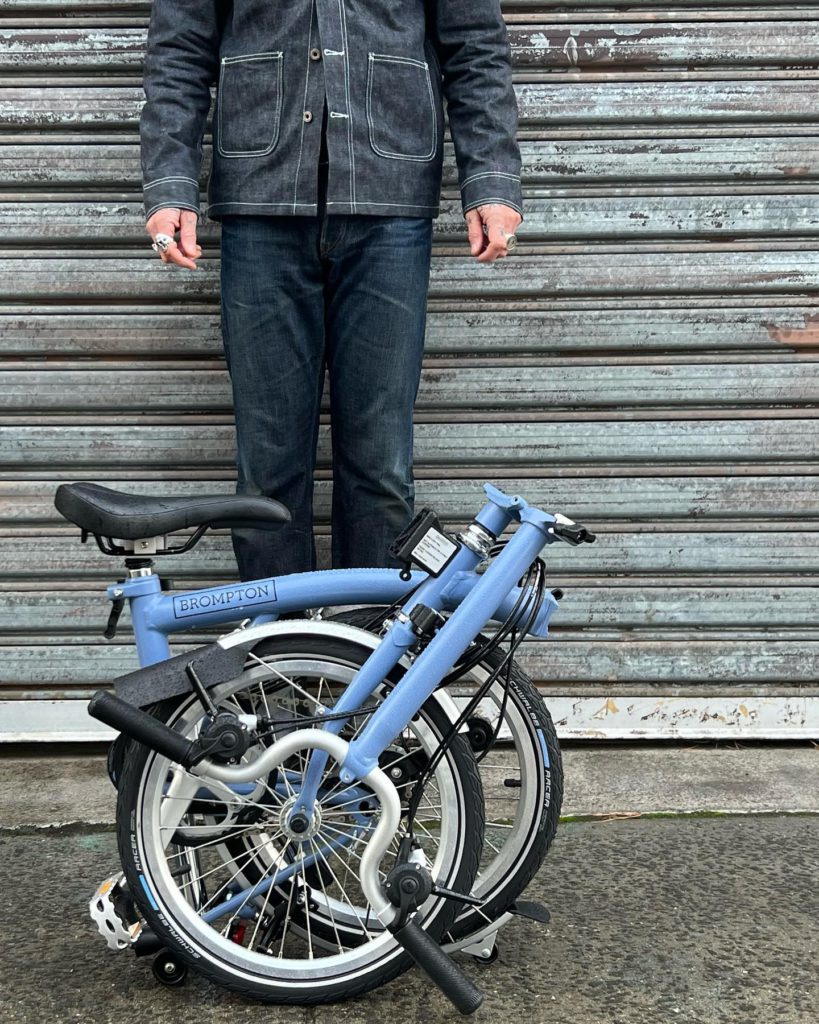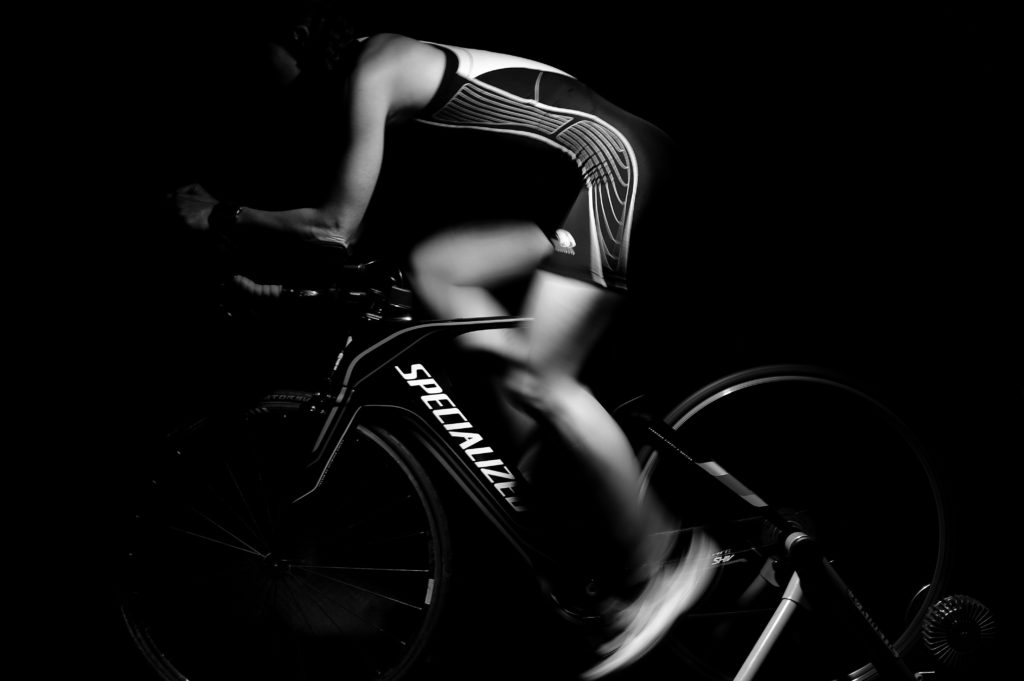Aware of those concerns, we have got you covered with our best tips on biking to work. If you are considering biking to work, you are going to want a bike that will take you there as quickly and safely as possible. If you are cycling to work daily, you will want a bike that can take you in all types of weather conditions and require little maintenance.
For shorter commutes, you can get away with biking in work clothes. If you have to wear a suit at work, you might need to switch later, as what clothes you are wearing makes a huge difference in how much fun biking can be.
For everyone interested in biking to work, the best choice is the commuter bike. If you are looking for the best commuter bike, one that allows you to get from your house to work (and everywhere in between) every day, while maintaining minimum maintenance, then the market has several options. Then there are road bikes for longer trips, and electric bikes for those who would rather have a little help with the commute.
For riders that do a lot of distance riding at weekends, either before or after work, participate in occasional road races, and have all of their bike gear and clothes already, using a road bike for commutes might make more sense. For a minimalist commuter, single-speed, fixed-gear bikes are good options if most of the ride is around town. Some of the race-inspired fixed-gear bikes have very aggressive riding positions up front, and although these could work for commutes, they are designed more for speed, and regular commuters might not find them practical.
Endurance road bikes are among the best commuting options as they offer a slightly more relaxed position. They usually feature disc brakes that perform far better in wet conditions. Wider tires, dirt clearance, and disc brakes make cyclocross bikes perfect for commuting where it is possible to get off the beaten track – even in your local woodlands. Commuter bikes have larger wheels with a tyre a little wider than on race bikes, flatter bars, comfortable seats, and aluminium frames.

Folding bikes usually have smaller wheels, which allow faster acceleration, comfortable riding positions, and greater manoeuvrability through slower-moving traffic. They are also a good option for people who wish to do some of their commutes by transit. Commuting bikes are typically low-maintenance, with added features like rack and fender attachments, as well as a standing-up frame design.
Quality city bikes start around the same price as more standard commuter bikes. Quality commuter bikes can range from $340 up to more than $3,000 for electric bikes, depending on brand preferences and extra features. You are unlikely to want to shell out big bucks on a dedicated commuting-focused road bike, and even bikes that are cheap at around the PS600 mark can provide excellent reliable rides.
The key to choosing the right bike to commute with is making sure that it is comfortable and practical for the types of trips that you plan on making. The key to getting the bike right for you is to not be afraid to get specific, to do proper testing rides, and to budget for all of the necessities that will keep you safe and comfortable. First, pick a bike that is well-suited for the type of riding you typically do.
You could decide to stick with cycle paths, go road-based if you are slightly more experienced, or mix the two. You could ride a car a bit, park, then switch back to a bike, or drive to the local rail station, and then cycle home from there. If you think that the commute is too far for cycling, you can combine cycling with the commute by rail, bus, or car on both ends.
In a car, your commute might take 20 minutes to an hour depending on congestion, but on a bike, your ride every day would be equal time for one to two minutes. You get to go your pace and you do not have to get there all hot and sweaty. You are not likely to commit to biking regularly to work, under any conditions, if that is the main thing that makes you miserable, which is why we put together this handy guide to help you make the right choices.
You could have the world’s sleekest, best-looking bike, but if the sleekest does not make it a pleasure to ride, then you are likely to abandon your cycling commute entirely. A touring bike might be overkill for an average commuter, but if you have lots of things to haul around and you have a long trip you want to make, then this might be ideal. Nothing is stopping you from using a standard road bike for commuting — and if you are already a dedicated roadie who uses his bike for weekends and recreational riding, it makes sense to still get a little extra mileage out of it.
Instead, look for a cross-country bike, even if it is a full-rigid bike, and like anything, ensure the cross-country bike has all of the attachments that make commuting with your bike a lot easier. Since you may commute over a variety of terrains and gradients, you want a bike that is light enough and sturdy enough that it can take you to work quickly and safely. We would also advise steering clear of full suspension mountain bikes if commuting is your primary goal, as you are only paying for a ton of tech that you are never going to use.

